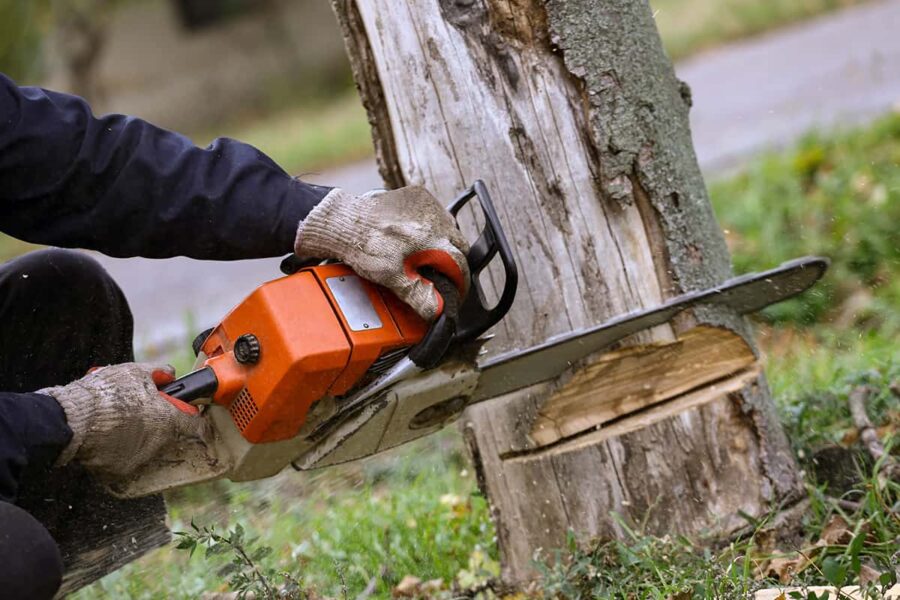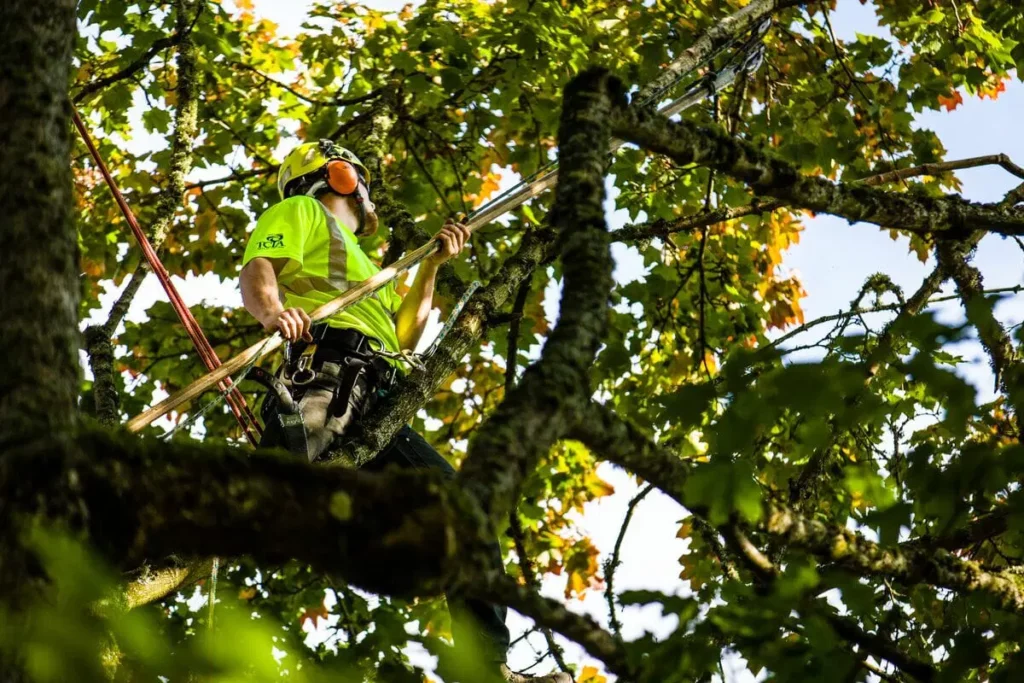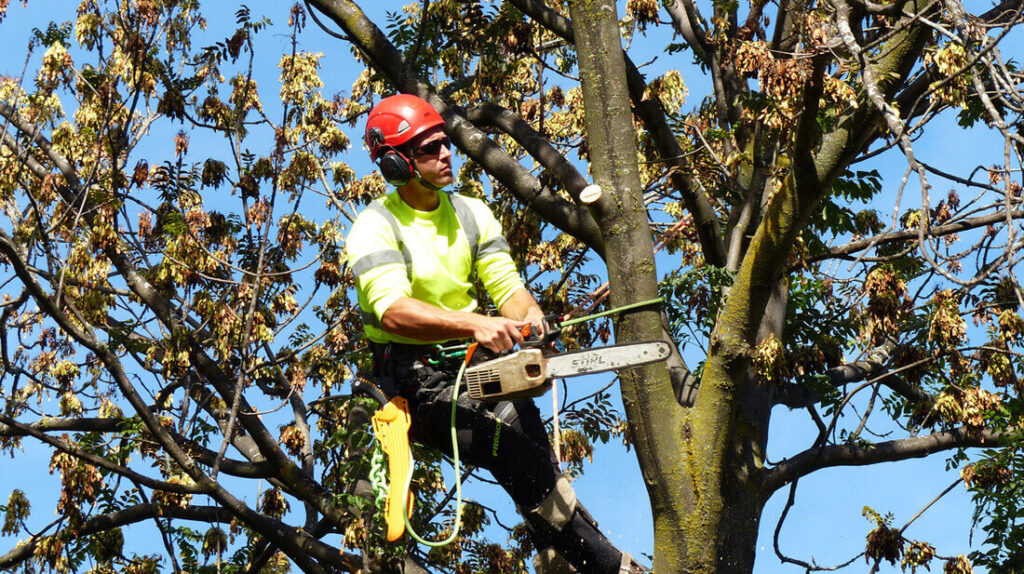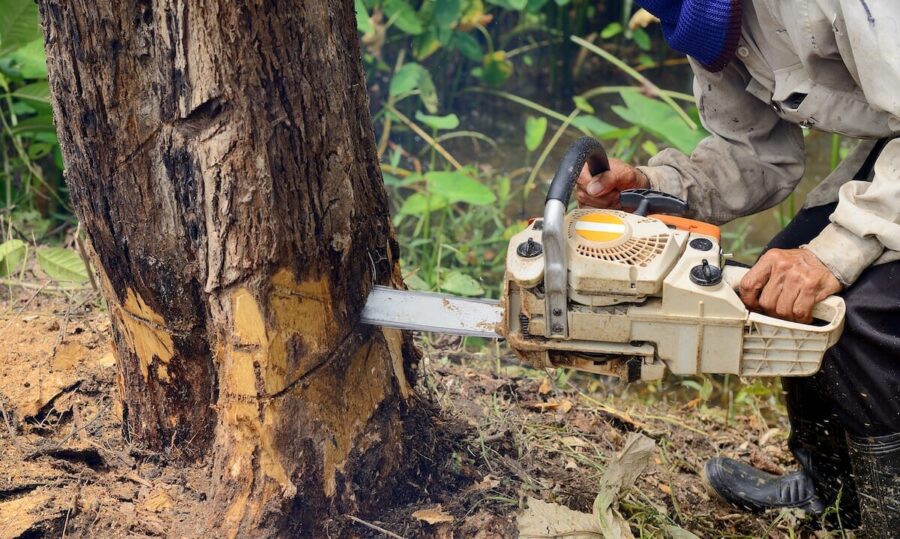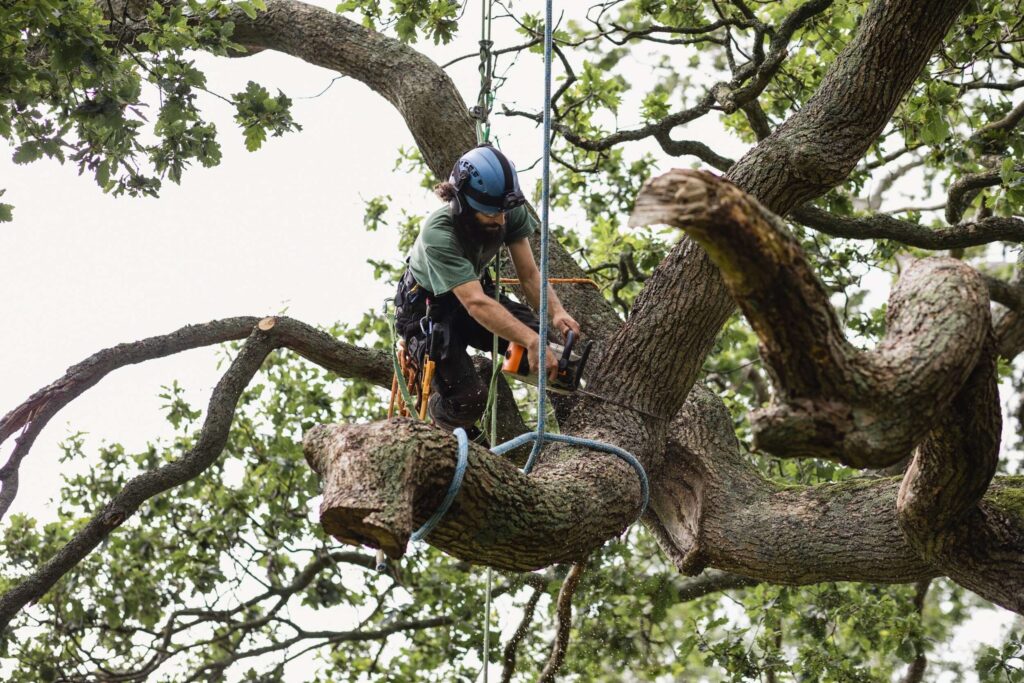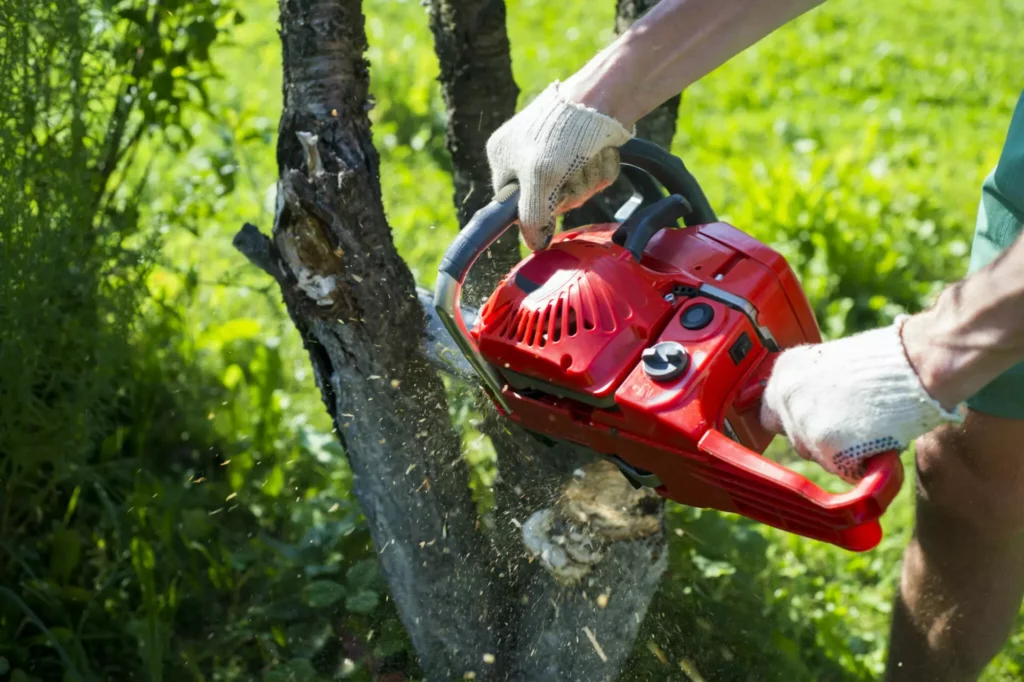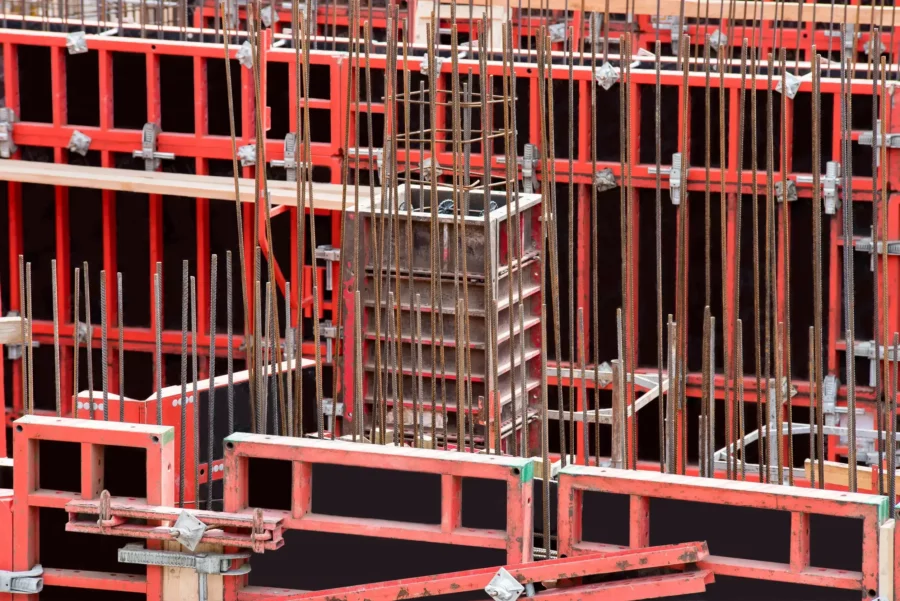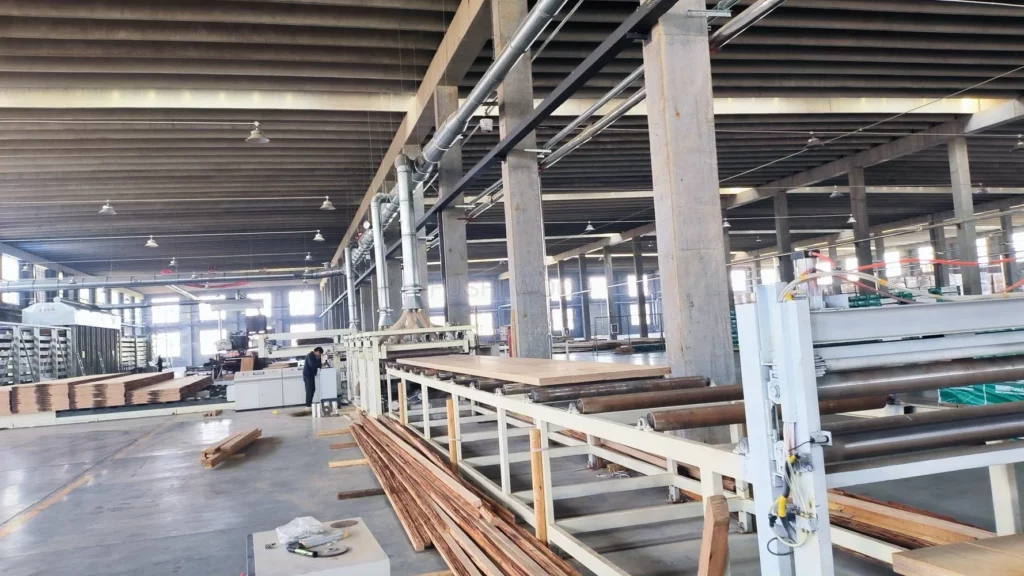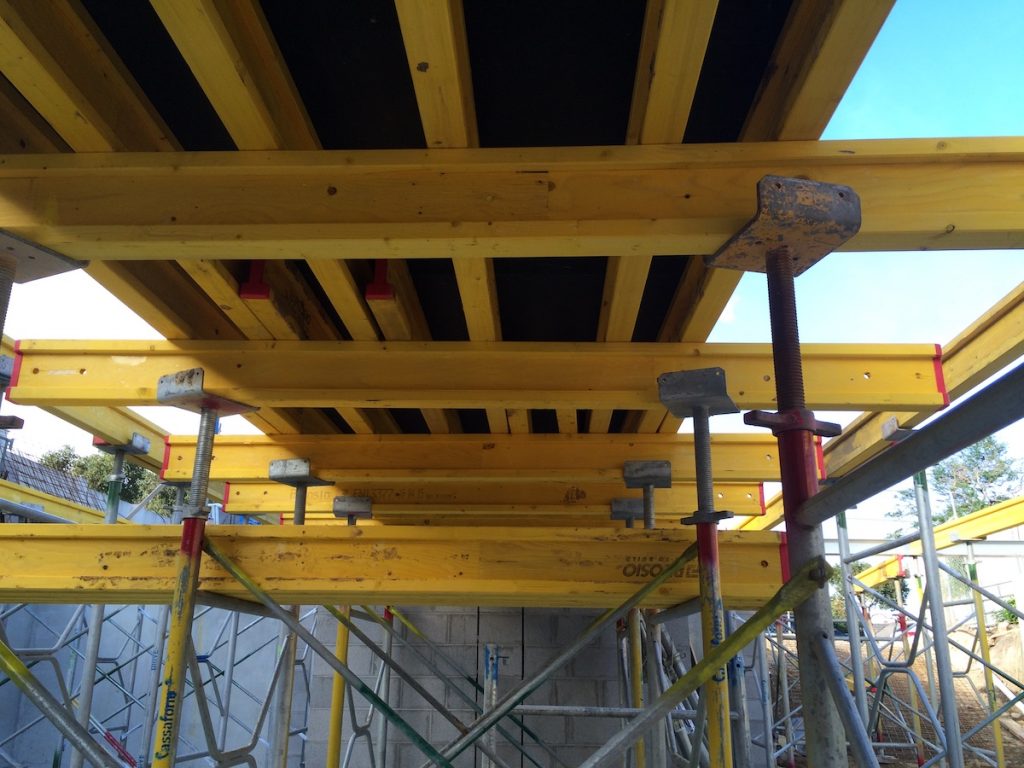When it comes to maintaining the trees on your property, finding the best tree lopping services is crucial. Whether you have overgrown branches or need to remove a hazardous tree, professional tree lopping can help keep your landscape safe and aesthetically pleasing. However, choosing the right tree lopping service can be a daunting task, considering the numerous options available. In this article, we will explore everything you need to know to make an informed decision and find the best tree lopping services near you.
Understanding Tree Lopping Services
What is Tree Lopping?
Tree lopping is the process of removing specific branches or sections of a tree. It is often performed to improve the tree’s health, promote growth, and enhance the safety of your property. Lopped trees are generally pruned extensively, and the canopy is substantially reduced.
Tree lopping is not just about randomly cutting branches; it requires careful consideration of the tree’s structure and growth patterns. Professional arborists assess which branches need to be removed to achieve the desired outcome without causing harm to the tree. By strategically lopping certain branches, the tree can thrive and continue to beautify your landscape.
Importance of Professional Tree Lopping
While it may be tempting to attempt tree lopping yourself, it is crucial to hire professionals for this task. Professional arborists have the necessary skills, knowledge, and equipment to carry out tree lopping safely and effectively. Hiring professionals ensures that the job is done right the first time, reducing the risk of accidents and improving the overall health of your trees.
Professional tree lopping services also involve post-lopping care and maintenance. After the lopping process, arborists may apply treatments to prevent infections or diseases from entering the tree. They may also provide guidance on how to care for the tree post-lopping, such as watering schedules or additional pruning requirements. This comprehensive approach ensures that your trees not only look great after lopping but also remain healthy in the long run.
Factors to Consider When Choosing a Tree Lopping Service
When it comes to selecting a tree lopping service, there are several important factors to keep in mind beyond just the basic qualifications and experience of the company. Understanding these additional considerations can help you make a more informed decision and ensure the health and safety of your trees.
Qualifications and Experience
When selecting a tree lopping service, it is essential to consider their qualifications and experience. Look for companies that employ certified arborists who have undergone extensive training in tree care. Experienced professionals will have the necessary knowledge to assess your tree’s health, identify potential risks, and provide appropriate solutions.
Safety Measures and Insurance
Tree lopping can be a hazardous task, so it is crucial to choose a service that prioritizes safety. Ensure that the company you hire follows all safety protocols and has proper insurance coverage. Insurance protects both the workers and you as the property owner in case of any accidents or damages that may occur during the tree lopping process.
Moreover, a reputable tree lopping service will not only have insurance but also a comprehensive safety plan in place. This plan should outline the specific safety measures that will be taken during the tree lopping process, such as the use of personal protective equipment, proper equipment maintenance, and adherence to industry safety standards.
Pricing and Value for Money
While cost should not be the sole determining factor, it is still essential to consider pricing when choosing a tree lopping service. Take the time to obtain quotes from multiple providers and compare their services and pricing structures. Remember, the cheapest option may not always provide the best value for money. Look for a balance between competitive pricing and high-quality service. Learn more about why tree removal in Sydney is essential for property safety.
Additionally, consider the overall value that a tree lopping service offers beyond just the initial cost. Factors such as the company’s reputation, customer reviews, and the quality of their work should also play a significant role in your decision-making process. Investing in a reputable and reliable tree lopping service may ultimately save you time, money, and potential headaches in the long run.

The Process of Tree Lopping
Initial Assessment and Quotation
Before any work begins, a reputable tree lopping service will conduct a thorough initial assessment of your trees. They will inspect the overall health of the tree, identify any potential risks, and provide you with a detailed quotation. This assessment allows both parties to understand the scope of the work required and ensures no surprises during the lopping process.
During the initial assessment, the arborists will also take into consideration any environmental factors that may impact the tree lopping process. Factors such as nearby structures, power lines, or underground utilities will be carefully evaluated to ensure the safety of both the workers and your property. By conducting a comprehensive assessment, the tree lopping service can tailor their approach to address any specific challenges posed by the tree’s location.
The Lopping Process Explained
Once the assessment is complete and you’ve agreed to the quotation, the tree lopping service will schedule a suitable time to carry out the work. On the scheduled day, the professionals will arrive with the necessary equipment and begin the lopping process. This may involve trimming branches, removing dead or diseased sections, and reducing the overall canopy size. The arborists will ensure that the job is completed safely and with minimal disruption to your property.
Throughout the lopping process, the arborists will prioritize the health and structural integrity of the tree. They will make strategic cuts to promote new growth and improve the tree’s overall appearance. Additionally, any debris generated during the lopping process will be carefully removed and disposed of in an environmentally friendly manner. By choosing a reputable tree lopping service, you can rest assured that your trees will be well-cared for and maintained to the highest standards.
Post-Service Care and Maintenance
Aftercare Tips for Your Trees
After the tree lopping process is complete, it is essential to provide proper aftercare for your trees. Follow any instructions provided by the tree lopping service to ensure the trees heal correctly. This may involve watering, mulching, and protecting the trees from harsh weather conditions. Additionally, regular inspections by professionals can help monitor the tree’s progress and address any issues that may arise.
Watering is crucial in the post-service care of your trees, especially during the initial stages of recovery. Proper watering helps the tree establish new roots and regain strength after the stress of tree lopping. Mulching around the base of the tree can also aid in moisture retention and provide essential nutrients as it decomposes. Furthermore, protecting the trees from extreme weather conditions, such as strong winds or excessive sunlight, is vital for their recovery process.
When to Schedule Your Next Service
Maintaining healthy trees requires regular care and maintenance. While the frequency of tree lopping may vary depending on individual circumstances, it is generally recommended to schedule a professional inspection every 2-3 years. Regular inspections will ensure that issues are identified early on and addressed promptly, preventing further damage or hazards.
During these inspections, arborists can assess the tree’s overall health, identify any signs of disease or pest infestations, and recommend appropriate treatments or pruning techniques. By staying proactive with your tree care schedule, you can promote the longevity and vitality of your trees, enhancing the beauty and value of your landscape.
Frequently Asked Questions About Tree Lopping Services
Can I Do Tree Lopping Myself?
Tree lopping is a specialized task that requires knowledge, skills, and equipment. Unless you are a trained professional, it is not recommended to attempt tree lopping yourself. Improper techniques can result in damage to the tree, personal injury, or even property damage. It is always best to hire qualified tree lopping services to ensure the safety of everyone involved.
Professional tree loppers undergo extensive training to understand the biology of trees, proper cutting techniques, and safety protocols. They are equipped with specialized tools such as pruning saws, loppers, and safety gear to efficiently and safely carry out the lopping process. Additionally, they have the expertise to assess the tree’s health and determine the appropriate amount of foliage to remove without compromising its well-being.
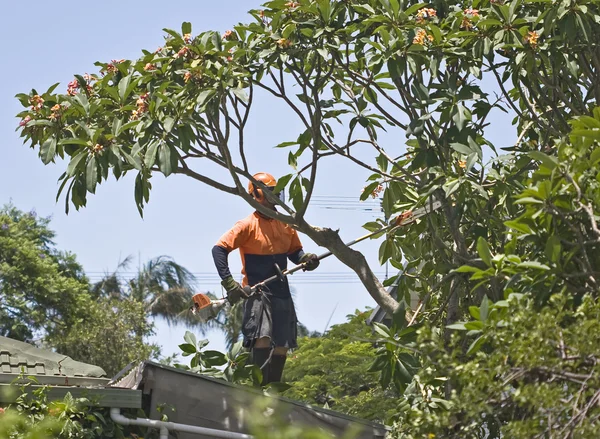
How Often Should Trees Be Lopped?
The frequency of tree lopping depends on various factors, including the species of tree, its age, condition, and location. Generally, it is recommended to have trees lopped every few years to maintain their health and safety. However, consulting with a professional arborist will provide you with the most accurate guidance regarding your specific trees.
Regular tree lopping not only promotes the tree’s structural integrity but also enhances its aesthetic appeal. By removing dead or overgrown branches, you can prevent potential hazards such as falling limbs during storms. Moreover, proper lopping stimulates new growth and improves the overall health of the tree, ensuring its longevity in your landscape.
In conclusion, when searching for the best tree lopping services near you, it is crucial to consider factors such as qualifications, experience, safety measures, and pricing. Understanding the tree lopping process, providing appropriate aftercare, and scheduling regular inspections will help ensure the long-term health and safety of your trees. By choosing a reputable tree lopping service, you can have peace of mind knowing that your landscape is in capable hands.

